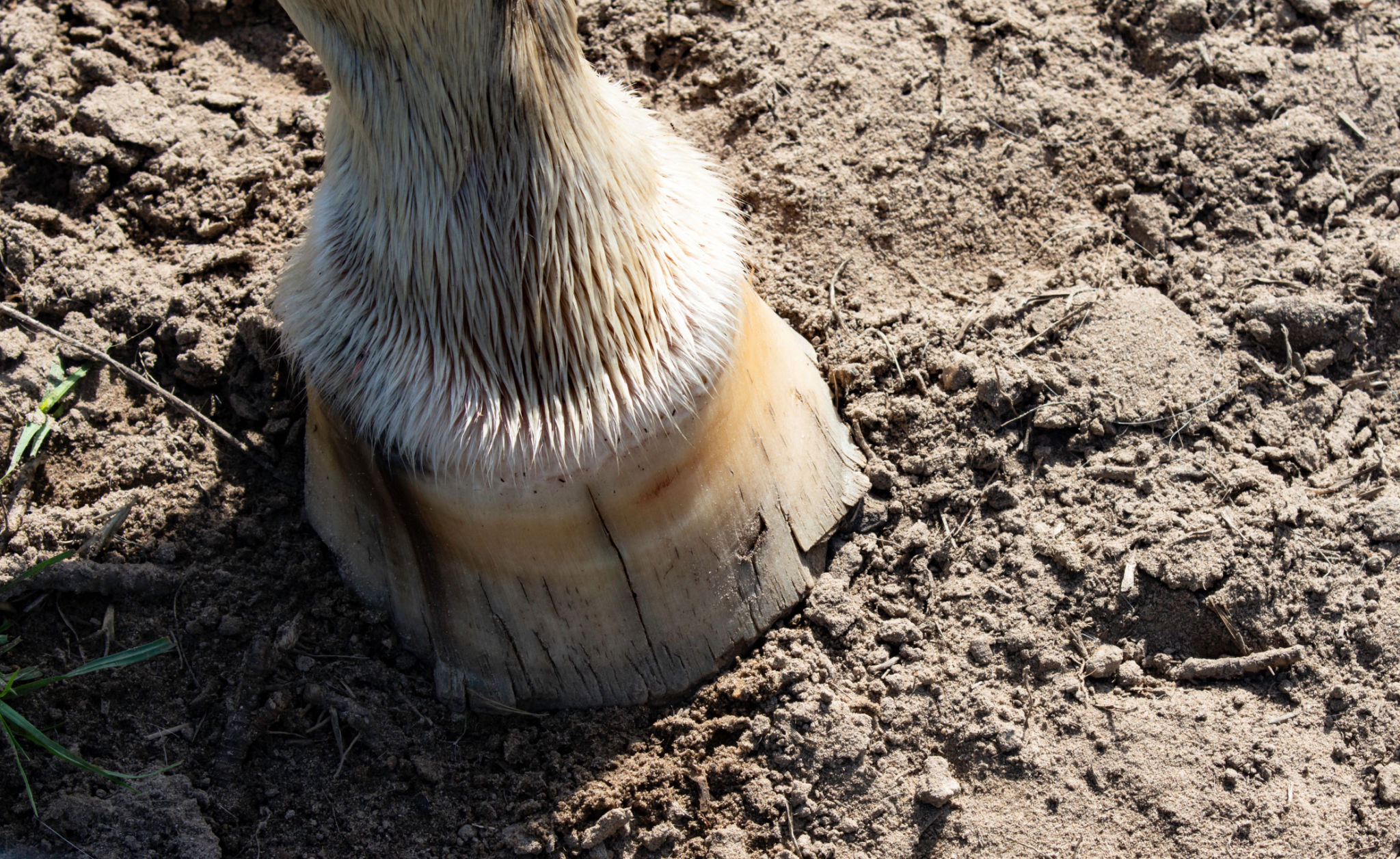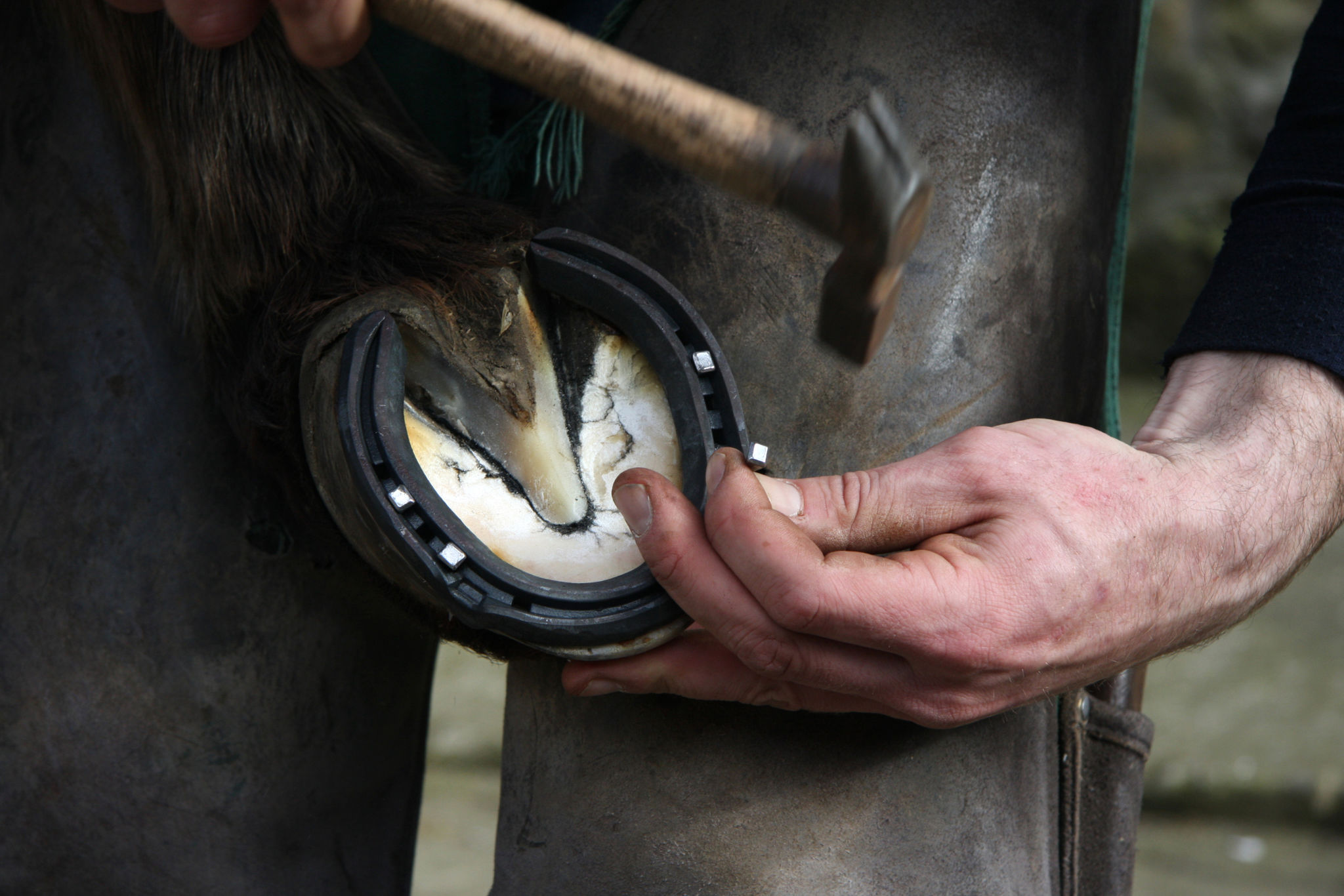Common Misconceptions About Equine Hoof Care Debunked
Understanding Equine Hoof Care
Equine hoof care is a crucial aspect of maintaining a horse's overall health and well-being. However, there are several misconceptions surrounding this topic that can lead to misunderstanding and inadequate care. Let's delve into some common myths and debunk them for the benefit of horse owners and enthusiasts.

Myth 1: Horses Don't Need Regular Hoof Trimming
A prevalent misconception is that horses in the wild do not need hoof care, so domestic horses do not either. In reality, domestic horses require regular hoof trimming to prevent overgrowth and associated problems. Wild horses cover extensive distances on varied terrain, which naturally wears down their hooves. Domestic horses, however, often have limited movement and are kept on softer surfaces, necessitating regular maintenance from a professional farrier.
Myth 2: All Hoof Cracks Are Dangerous
Another common belief is that any crack in a horse’s hoof is a sign of severe problem. While some cracks can indicate underlying health issues or improper care, not all hoof cracks are cause for alarm. Superficial cracks often occur due to environmental factors and do not penetrate deep enough to affect the horse's health. Nonetheless, it's essential to monitor these cracks to ensure they do not worsen.

Myth 3: Shoes Are Always Necessary
The idea that all horses need shoes is another misconception. Not all horses require shoeing. Some horses can thrive barefoot with proper trimming and care, especially if they are not subjected to rigorous activities on hard or abrasive surfaces. The decision to shoe a horse should be based on the individual needs of the horse, its workload, and the terrain it frequently encounters.
Myth 4: Hoof Oil Keeps Hooves Healthy
Many believe that applying hoof oil regularly can maintain hoof health. While hoof oils can enhance appearance by adding shine, they do not necessarily contribute to the health of the hoof. In fact, excessive use of oils can sometimes trap moisture and lead to softer hooves. A balanced diet with adequate nutrients plays a more significant role in maintaining healthy hooves.

Myth 5: Hoof Care Is Solely the Farrier’s Responsibility
While farriers play a critical role in hoof maintenance, hoof care is a shared responsibility between horse owners and farriers. Horse owners should regularly inspect the hooves for any signs of trouble, maintain clean living conditions, and ensure proper nutrition. Establishing a collaborative relationship with a skilled farrier ensures optimal hoof health.
In conclusion, understanding and addressing these misconceptions can lead to more informed decisions regarding equine hoof care. By recognizing the unique needs of each horse and consulting with professionals, owners can ensure their horses remain healthy and happy.